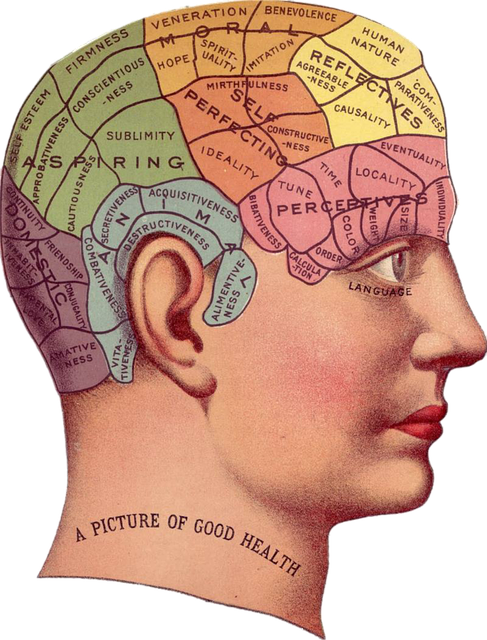Researchers in Iran established that Mindfulness Based Cognitive Therapy (MBCT) can help new mothers reduce the symptoms of postnatal depression. They counselled, however, that “regular mindfulness practice is important in maintaining balance in life”. Dr. Zindel Segal, a co-developer of MBCT, also cautions, “getting well is half the problem, staying well is the other half”. MBCT was developed as a direct response to the need to prevent relapses after depression and enables participants to sustain meditation practice.
Gail Donnan’s story of relapse after postnatal depression
Many years after suffering postnatal depression, Gail Donnan experienced a range of symptoms which tended to mirror the symptoms of postnatal depression she had experienced previously. At the time, she was having difficulty managing multiple (and sometimes conflicting) roles – mother, wife, part-time teacher of Holistic Therapies in further education.
The anxiety associated with the sense of overload brought back the symptoms she thought she had left behind – physical symptoms of lack of sleep and exhaustion; psychological symptoms of tearfulness, low self-esteem, anger, being negative and panic attacks, as everything got out of perspective.
Gail fortuitously recalled how meditation had helped her with postnatal depression and began meditating again, using her old meditation tapes. She then advanced onto meditation apps and explored brain science and nutrition.
The real breakthrough came when Gail decided to study to become a qualified Meditation Teacher – she was already qualified as a Counsellor, Teacher and Assessor. Her experience of the benefits of meditation for her own wellbeing served as a source of motivation.
New Horizons: Beyond Postnatal Depression
Gail then trained as a Mindfulness Practitioner and Coach. In 2014, she conceived and established The Mindfulspace Wellbeing Company in Ripon, North Yorkshire.
Gail initially led Meditation Circles on a small scale and conducted Mindfulness workshops on a local scale for eighteen months. In 2016, she opened The Mindfulspace Wellbeing Studios in Ripon.
She now offers a very wide range of holistic therapies and accredited courses, in association with other qualified practitioners, through two Wellbeing Studios and a Wellbeing Training Centre. The offerings include meditation classes and mindfulness coaching along with accredited courses such as a Meditation Teacher Diploma and a Mindfulness Diploma. Gail’s Facebook page details the very extensive services that are now provided. In the meantime, Gail has qualified as a Reiki Master Teacher Practitioner.
Gail’s experience of meditation and its benefits for depression and her growing conviction through training others in meditation and mindfulness, have provided the foundation for her to explore these new horizons. She is now in a position to help many other people through a wide range of related modalities.
From Depression to Creativity
Jon Kabat-Zinn, when talking about the benefits of meditation and mindfulness, makes the point, “A lot of creativity comes out of the stillness of awareness, in not knowing”. He suggests that if we explore what we don’t know we are at the cutting edge of new knowledge – this has certainly been attested in Gail’s case. The calm, balance and clarity derived from meditation and mindfulness, as a practitioner and teacher, have opened up new vistas for her and created a thirst for knowledge and wisdom.
As we grow in mindfulness, we can move beyond the disabling bonds of depression and explore new horizons through new-found creativity, energy and insight.
By Ron Passfield – Copyright (Creative Commons license, Attribution–Non Commercial–No Derivatives)
Image source: courtesy of silviarita on Pixabay
Disclosure: If you purchase a product through this site, I may earn a commission which will help to pay for the site, the associated Meetup group and the resources to support the blog.
















